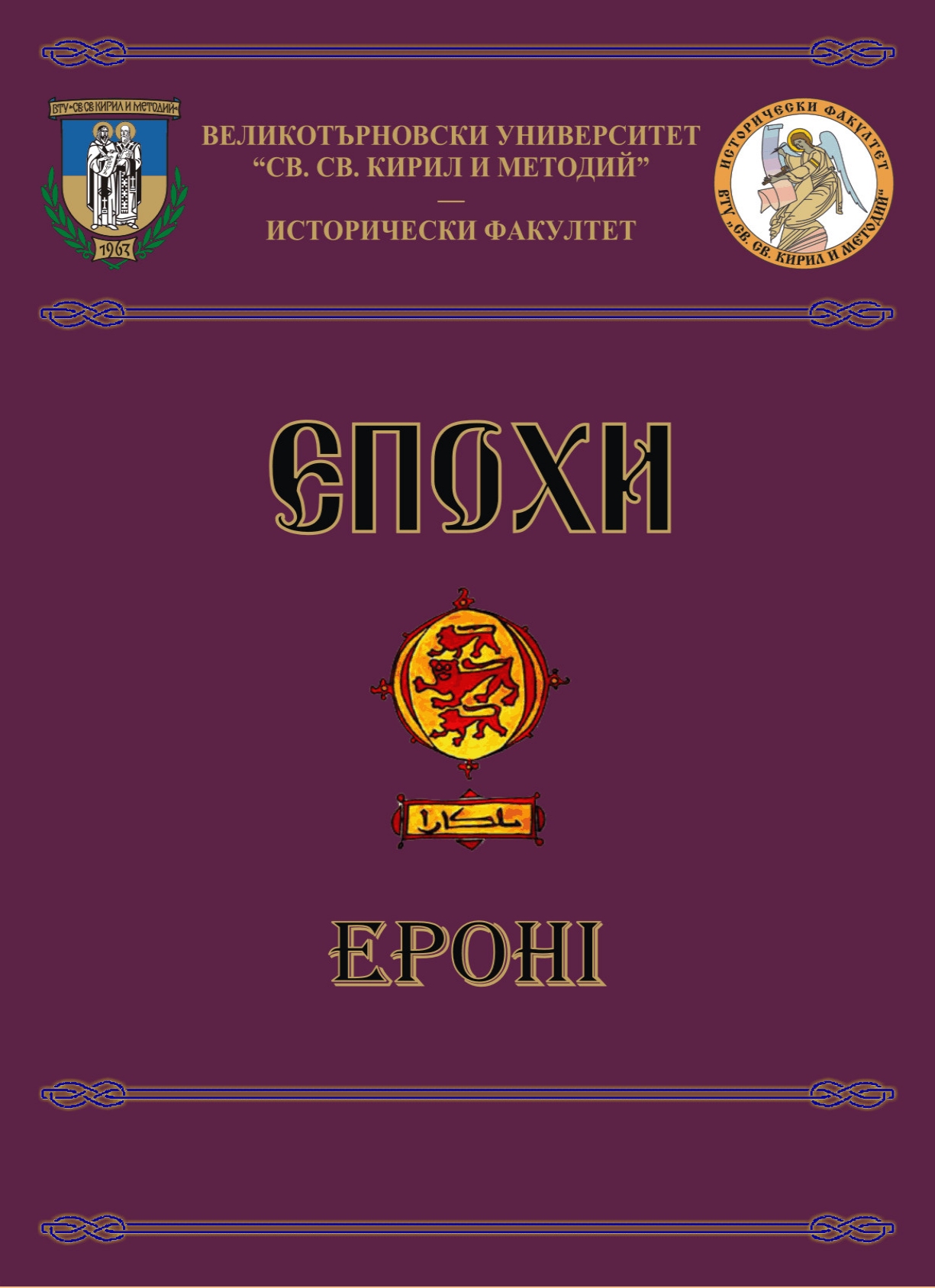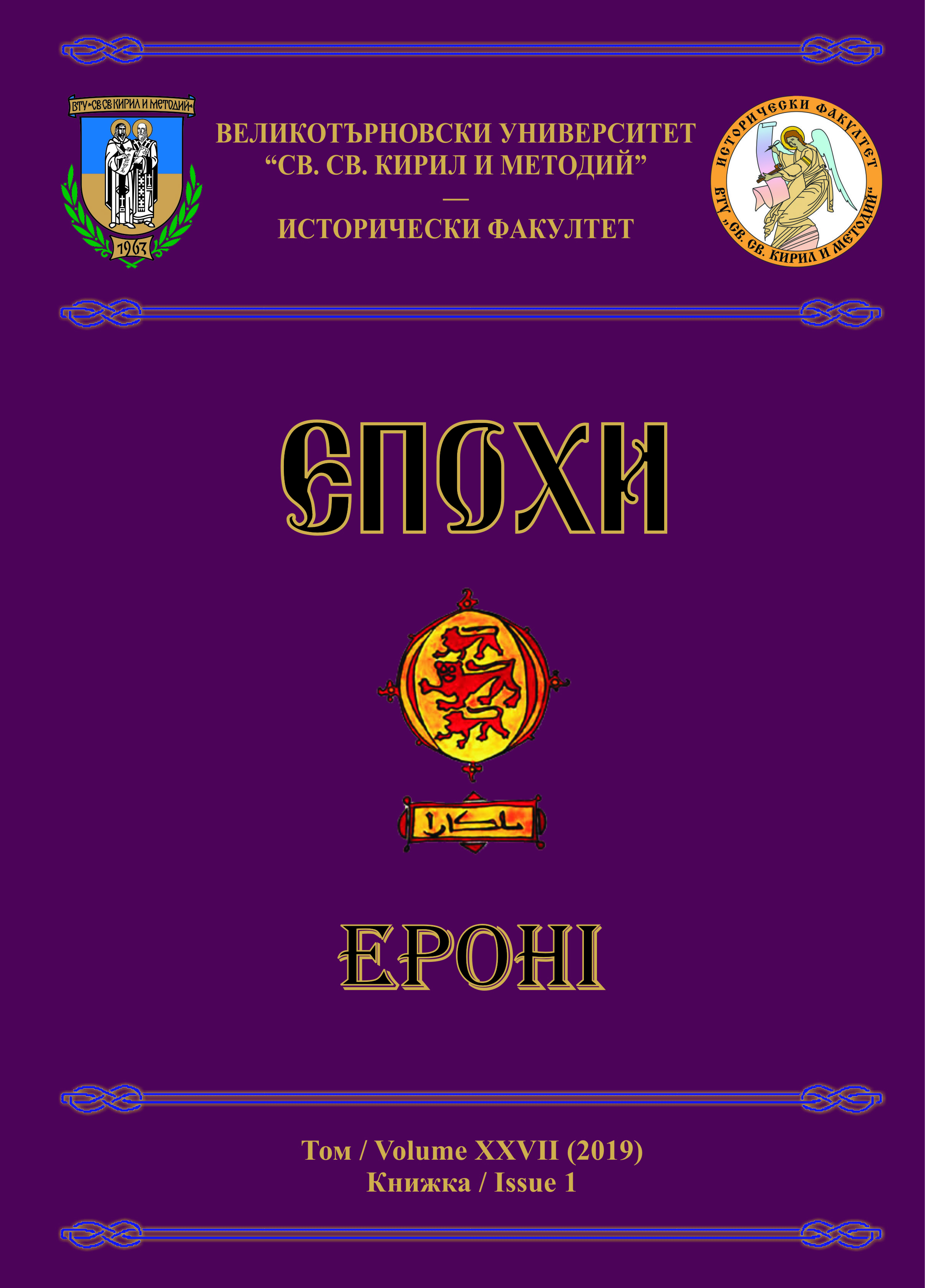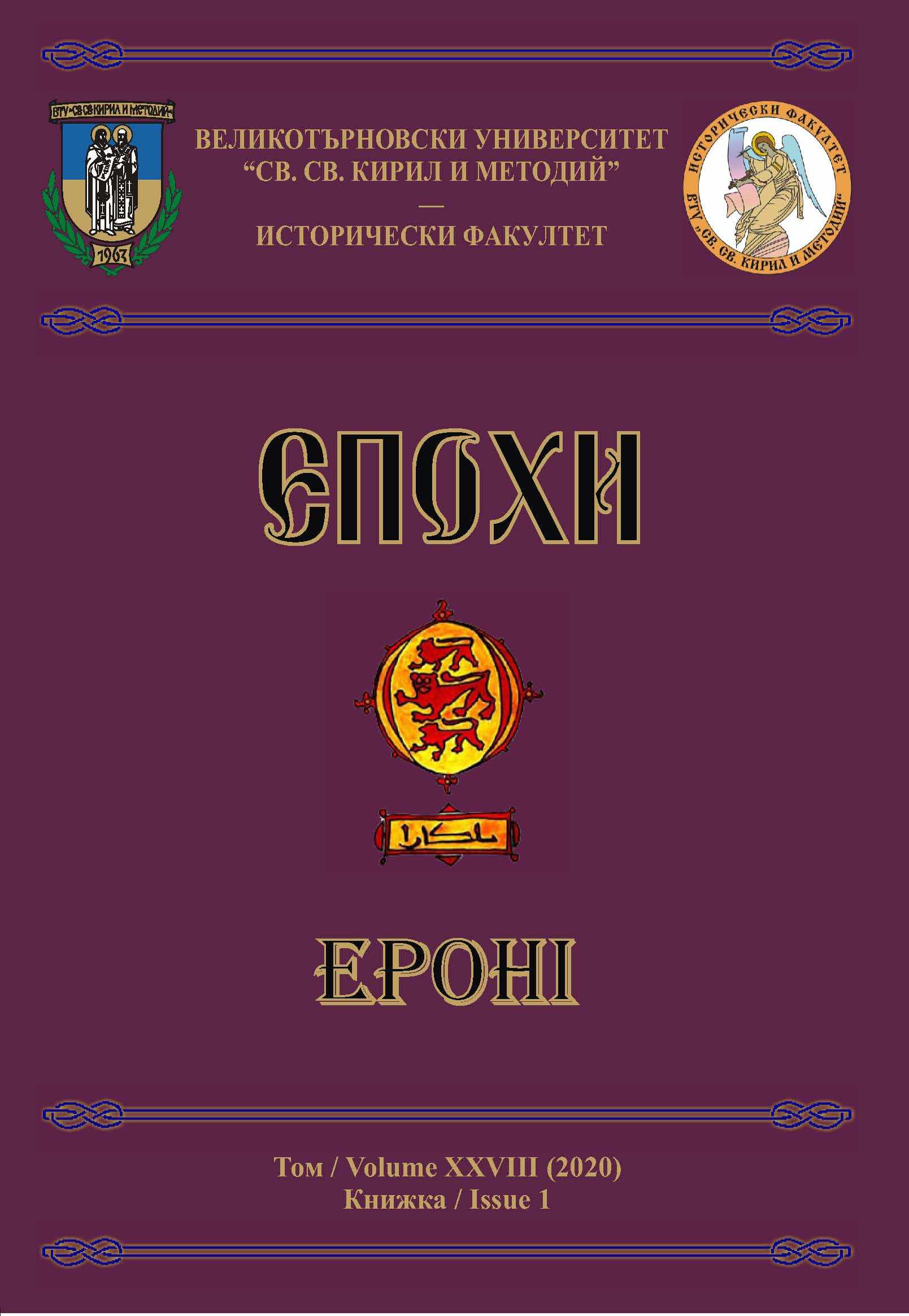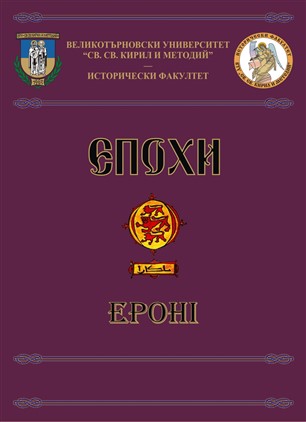
The Radish (Raphanus L.) in selected Sources from Antiquity and the Byzantine Period
The article deals with the role of radish (Raphanus L.) in ancient and Byzantine world. The study is based on selected sources written between 5th/4th c. BC and 7th c. AD. Among them authors analyzed medical treatises composed by anonymous Hippocratic author (5th/4th c. BC), Galen (2nd – 3rd c. AD), Oribasius (4th c. AD), Aetius of Amida (6th c. AD), and Paul of Aegina (7th c. AD), botanical works written by Theophrastus (4th c. BC) and Dioscurides (1st c. AD), and a treatise of different (literary, antiquarian, historical, culinary) character made by Athenaeus of Naucratis in 2nd c. AD. The vegetable under study was a common and cheap food in ancient and Byzantine times, known in many varieties and eaten often by the poorest part of society. It was also widely used by physicians in healing illnesses of different etiology, used its warming, drying and cathartic properties.
More...





